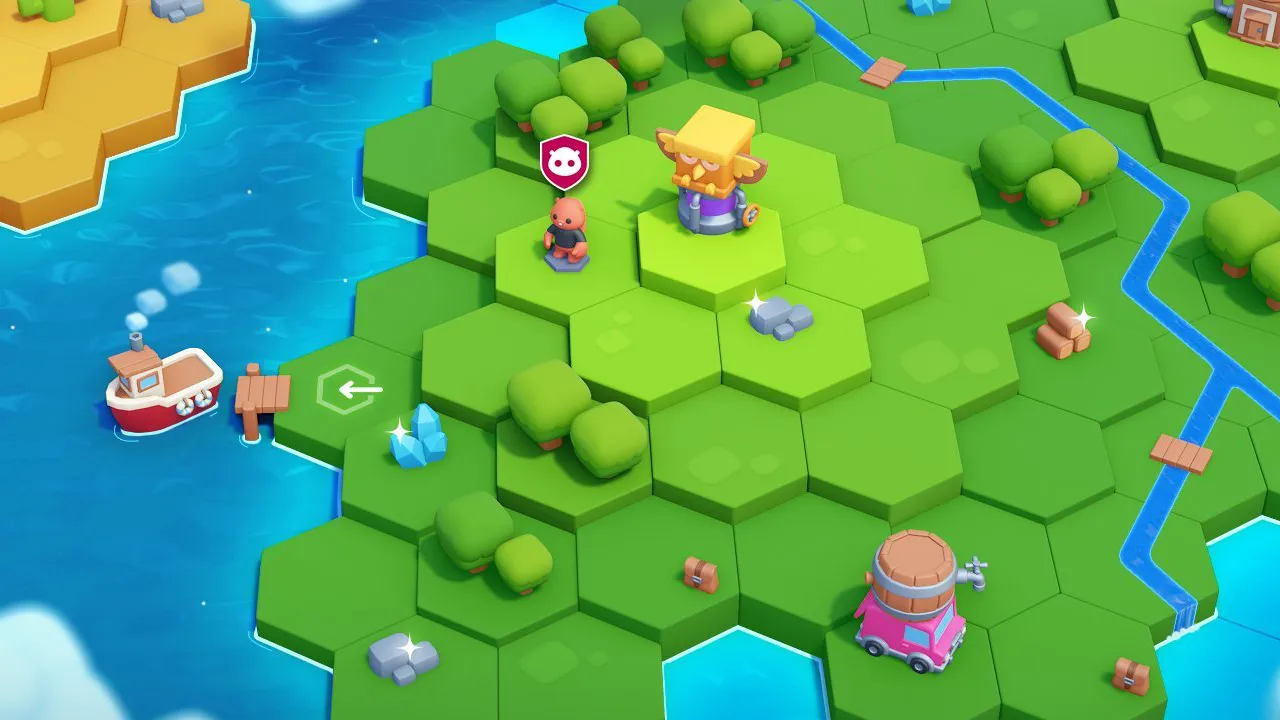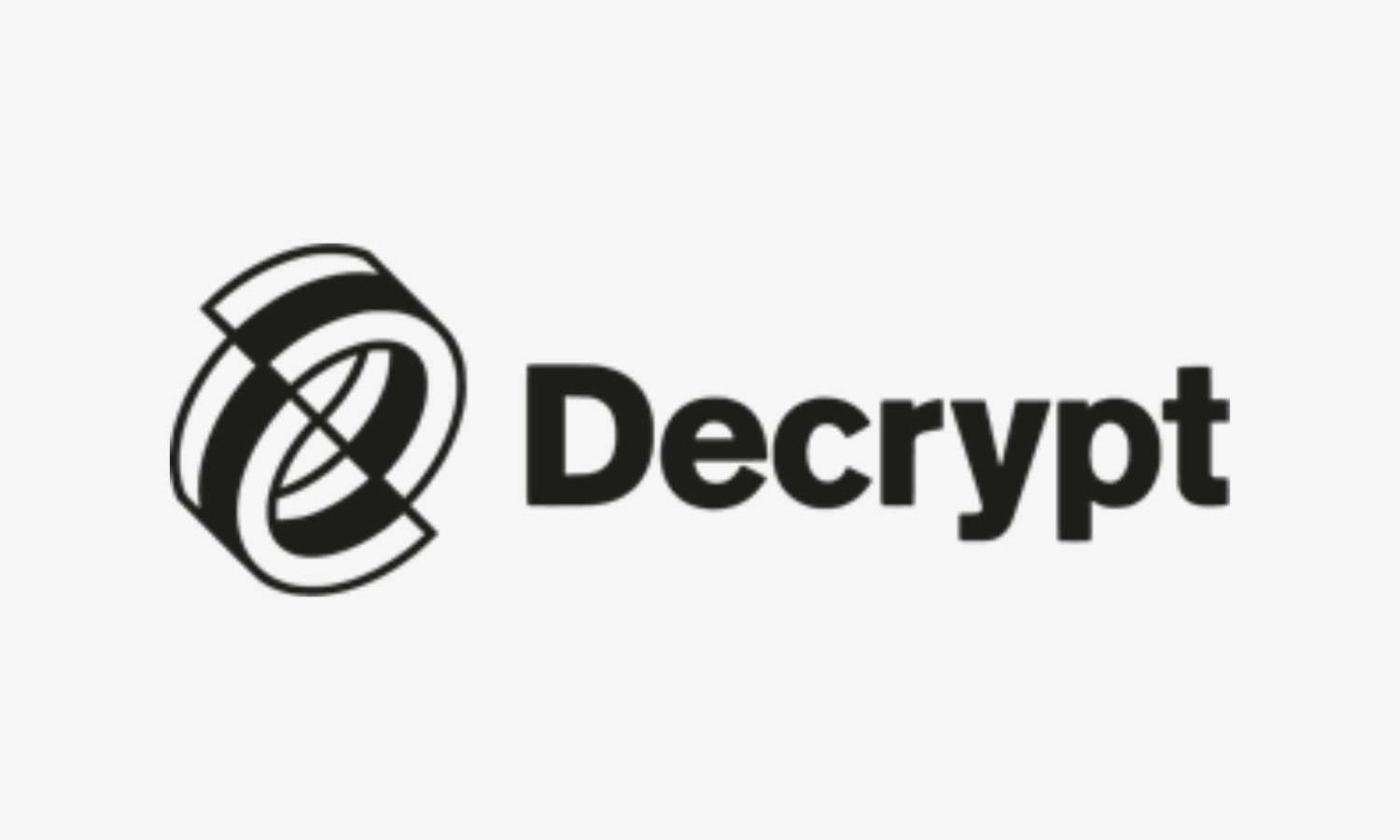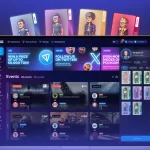Redstone Network Launches to Power Fully On-Chain Ethereum Games

RedstoneDeveloped by Ethereum startup “We’ve had core developers come along and make really cool contributions to the OP Stack,” Optimism co-founder Ben Jones told Many crypto or “Web3” games utilize technologies like NFTs for unique user-owned items or cryptocurrencies for decentralized economies. But fully on-chain or autonomous games also put their game logic or rules on-chain, working within the capabilities but also limitations of the decentralized technology to power playable games. Today, we’re announcing Redstone, a super cost-effective L2 for onchain games, worlds, and other ambitious applications.@redstonexyz is a Plasma-inspired Alt-DA chain, built on the OP Stack.https://t.co/Rqnnhu5bmu— Lattice (@latticexyz) November 15, 2023“Most of the time, when you fully embrace the medium or the system you’re building to, you tend to get more interesting results—and sometimes better harmonization—just purely from a product development perspective,” Lattice co-founder and CEO Justin Glibert told Glibert says his team has embraced this model of building entirely on Ethereum, a “computer that had to be multiplayer out of necessity, and not out of choice.” Following early experimental games like Coming soon to Redstone Mainnet: @DFArchon.DF Archon is building DF Ares, community-run rounds of the beloved onchain game Dark Forest. They bring new flavor and new plugins to the classic DF gameplay!Get ready for May 1st. https://t.co/9Dn5e51hRj pic.twitter.com/A0nuusqhjw— Redstone Chain (@redstonexyz) April 23, 2024Certainly, crypto games can be built on layer-1 networks, as well as general-purpose layer-2 scaling networks. But fully on-chain games can be held back by the way those networks are typically designed. Games need low latency speeds, for example—and with such a constant flow of player inputs, they need to cut down on the friction of interacting with a blockchain.Redstone is built for just that, and it also features the first implementation of Plasma Mode, an alternative data availability protocol co-developed by Lattice and OP Labs. Plasma Mode allows for increased transaction throughput via an In short, Plasma Mode picks different kinds of design trade-offs to power games and other high-throughput decentralized apps, but also includes an on-chain capability to challenge potential threats. It’s inspired by the That’s paired with MUD, Lattice’s engine for on-chain Ethereum games. It’s being used by the studio’s own Sky Strife, a tactical strategy game in the vein of Nintendo’s classic Advance Wars that’s available to play today. Other Redstone launch games also use MUD, plus EVE Online developer CCP Games is using the engine for its Along with Sky Strife, the One of the more distinctive games on the launch list is “Experimental” is a fair term to describe most of what’s happening around Redstone and fully on-chain games. Some of the early games look far from mass-market in aesthetic and are built around new and unfamiliar concepts.There are various benefits to being fully on-chain, Glibert said, such as the ability to easily deploy modifications to games and create new business models around existing games. Fully on-chain games (FOCGs) can’t be shut down or erased from existence like some Web2 games, while autonomous worlds (AWs) could yield new kinds of play mechanics and experiences.This onchain game introduces an interplay of LOVE and HATE, with a PVP twist.DEAR gamer,DEAR is a creature that inhabits a dark, digital forest, with cellular components woven into smart contracts. DEAR exhibits purposeful behaviour and mimics essential human interactions,… pic.twitter.com/gRw2c5ucHc— ggQuest (@gg_quest_gg) April 24, 2024Whether there’s a business here, however, remains to be seen.“Most of the studios out there that have raised capital to build on-chain games—nobody knows if it’s actually going to be a valuable market,” said Glibert. “I would say most of the people that are doing this seriously, they also don’t know if there’s actually a mature-enough business model today to do it.”But they’re still building, attempting to push the edges of what’s possible on-chain.“There is a lot of noise of ‘how to monetize’ before a FOCG actually takes shape,” ARPA co-founder and CTO Majorknight told “The world’s first Post Singularity Civilisation Simulator”???WTF is @DownstreamGame —Downstream will launch on @redstonexyz mainnet on May 1st, together with the first @gg_quest_gg experiences—⚔️ GameplayDownstream is an onchain world made up of hexagonal tiles… pic.twitter.com/hLcVmI92No— ggQuest (@gg_quest_gg) April 18, 2024Majorknight described the Lattice team as a team of “young, talented, and driven people who focus on building the infrastructure” for such games, further praising them for attempting to empower new types of on-chain games.“The original vision of FOCGs is to utilize risk-free and creative scenarios to test the possibility of new blockchain applications and push the boundary of the infrastructure, similar to the relationship between games and simulations in science/engineering and between games and GPUs,” they added. “Who else to collaborate with if not the team who coined the term FOCG/AWs and established this vision beyond the short-sighted monetization?”Edited by Stephen Graves

Published on Other News Site




















